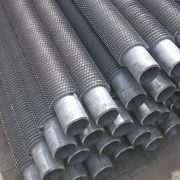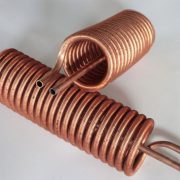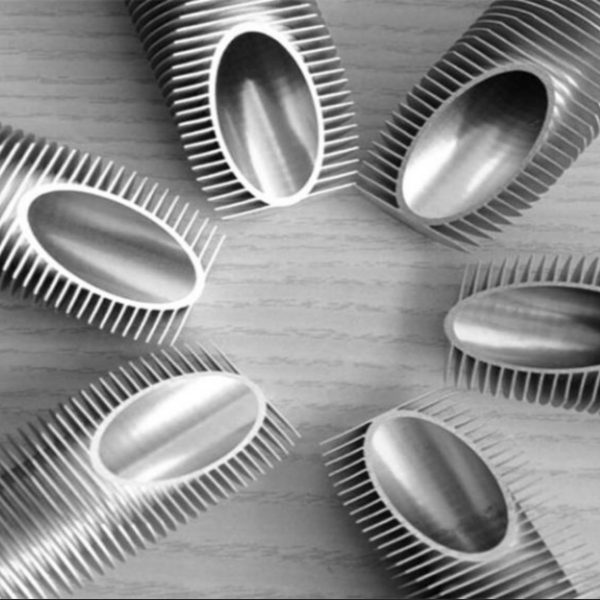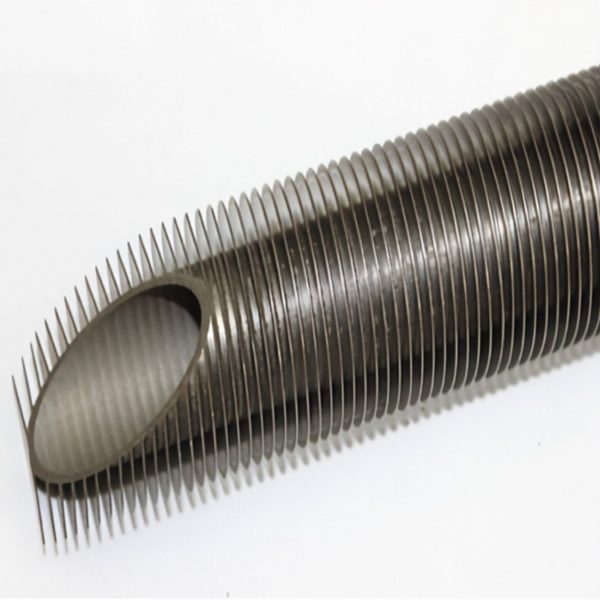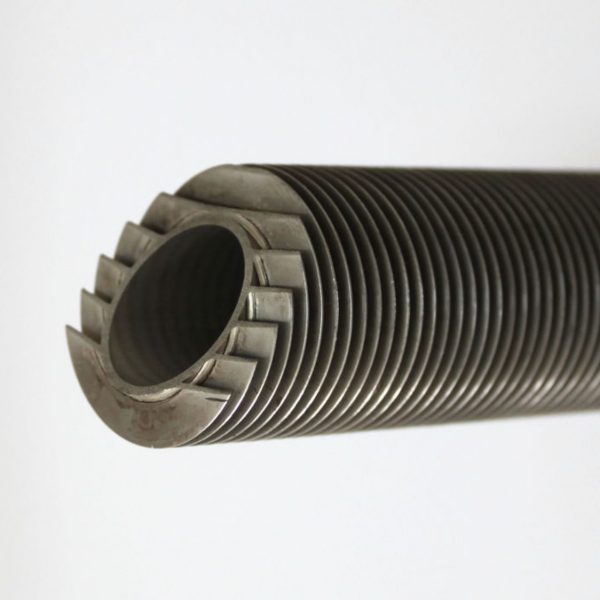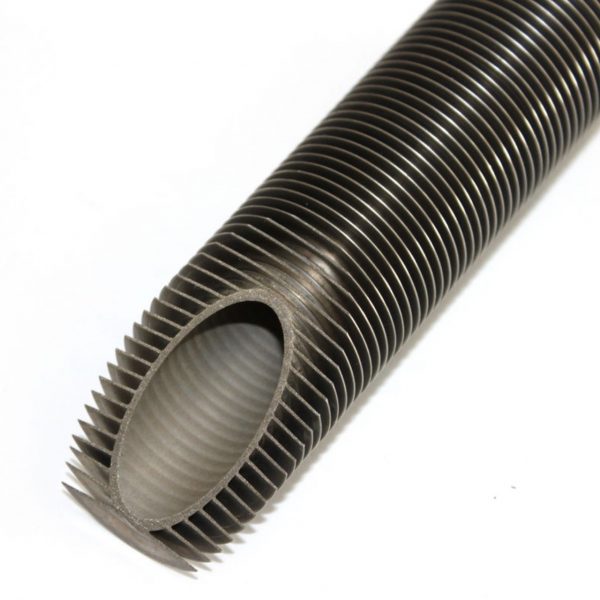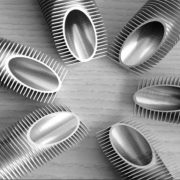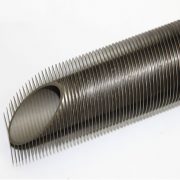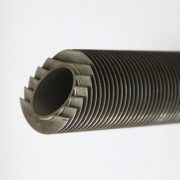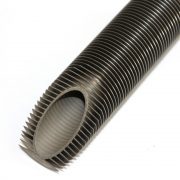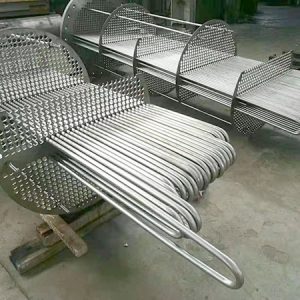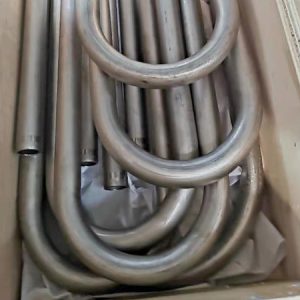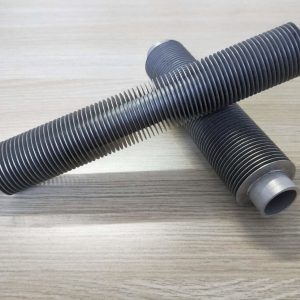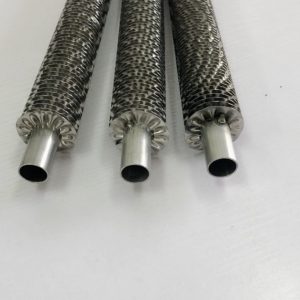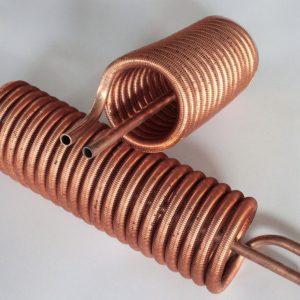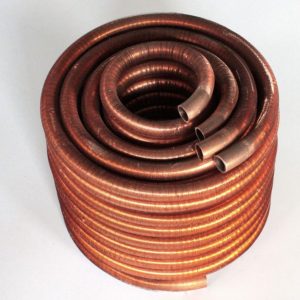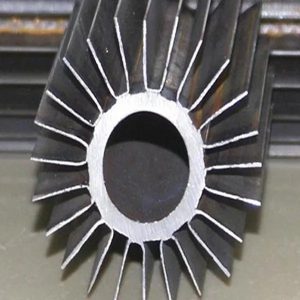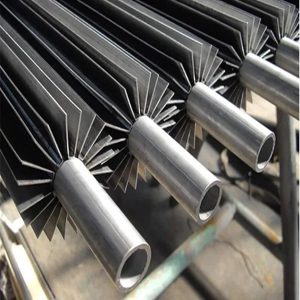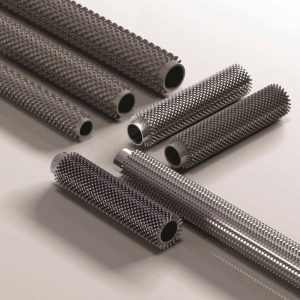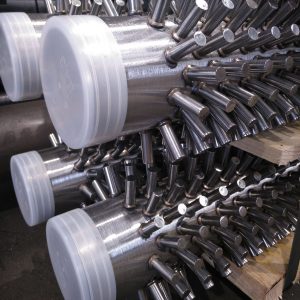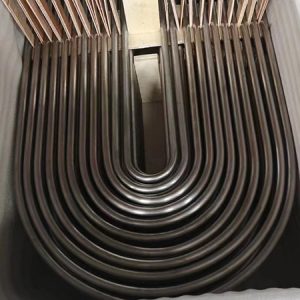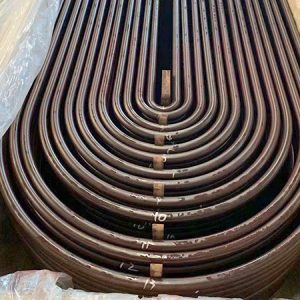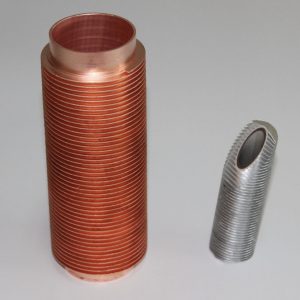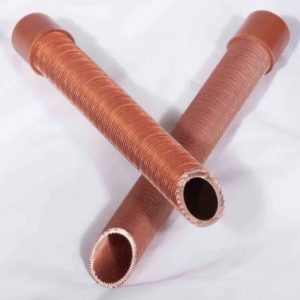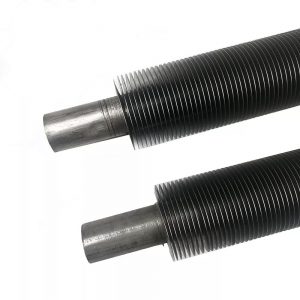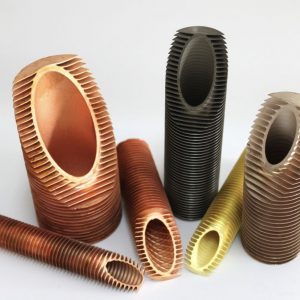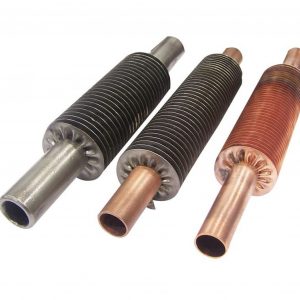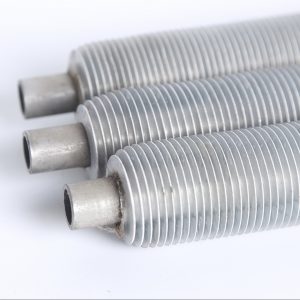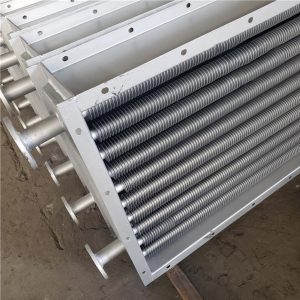Tubo ad alette in titanio
Tubi in titanio senza saldatura e saldati sono ampiamente utilizzati in una varietà di applicazioni di scambiatori di calore in tutto il mondo. Queste applicazioni coprono molti settori come le centrali elettriche a turbina a vapore, Raffinerie, Impianti chimici, impianti di climatizzazione, Distillazione flash multistadio, impianti di desalinizzazione e compressione del vapore, piattaforme offshore, navi di superficie e sottomarini, così come i sistemi di riscaldamento delle piscine.
- Descrizione
- Dettagli del prodotto
- Inchiesta
Tubi in titanio senza saldatura e saldati sono ampiamente utilizzati in una varietà di applicazioni di scambiatori di calore in tutto il mondo. Queste applicazioni coprono molti settori come le centrali elettriche a turbina a vapore, Raffinerie, Impianti chimici, impianti di climatizzazione, Distillazione flash multistadio, impianti di desalinizzazione e compressione del vapore, piattaforme offshore, navi di superficie e sottomarini, così come i sistemi di riscaldamento delle piscine. The popularity of titanium tubes results from several fundamental reasons:
1. Excellent Corrosion Resistant
Due to the high affinity of titanium to oxygen and moisture in the air, a highly stable, tenacious and permanent thin oxide film (TiO2) forms on the metal surface and immediately regenerates after being damaged. This property explains the excellent corrosion resistance of titanium to a plurality of harsh environments such as oxidizing chloride solutions, acetic and nitric acids, wet bromine, and acetone. Titanium is further very stable in formic, citric, tartaric, stearic, and tannic acids. Alkaline environments up to pH 12 and 75°C usually offer no problem for titanium. Titanium is used in areas in which austenitic stainless steels no longer provide sufficient corrosion resistance.
For heat exchangers in which the cooling medium is seawater, brackish water, or polluted water, commercially pure titanium tubes have demonstrated their superior corrosion resistance for decades. Usually titanium requires no corrosion allowance, so often the higher up-front costs are compensated soon by less down time and reduced maintenance costs.
2. Proper Mechanical and Physical Properties
The thermal conductivity of titanium is roughly 50% higher than for stainless steel. It makes titanium a preferred material for heat exchangers. The high specific strength (strength-to-weight ratio) characterizes titanium for some applications where less mass are required. Engineering experiences have shown that titanium exhibits good erosion resistance. Even water speeds of 10 m/s do not cause any erosion corrosion, cavitation, or impingement attack in the tubes. Thus, thin-walled heat exchanger/ condenser tubing can often be used with zero corrosion allowance.
B338 Gr. 2 SMLS Titanium Tube , 1.245mmWT , Extruded Spiral Aluminum Fin Tube
ASTM B338: Seamless and Welded Titanium and Titanium Alloy Tubes for Condensers and Heat Exchangers
Detail:
| General extrusion production capacity | General specifications of DR Type-Extruded Fin Tubes |
| Extrusion Facility: 12 finning machines. Daily capacity up to 2000 Metri. Extruded fins type: solid and serrated. |
Tube OD: 50.8millimetro(2'') .max. Lunghezza del tubo: 18 meters max. Fin Height: 16.5 mm max. Fin Thickness: appr. 0.4millimetro Passo delle pinne: 1.5mm min. |
Processo di produzione
A smooth core tube is inserted into an aluminum sleeve and then the fins are extruded out of the aluminum sleeve.
Fins Type:
The fins are solid plain or serrated into 12,16 o 24 segments or as your design.
Unfinned Section
Both plain ends with appr. 10mm~50mm and gaps (Unfinned Section) in the middle.
Surface Coating
Both bare ends of Bimetallic Finned Tubes shall be Zinc or Aluminum that metallized applied by an electro spray arc system coating.
Accessories
Tube Support Box, Clamp or Spacer Box(Materiali: Alluminio, Zinc or Stainless Steel).
Applicazioni:
The common application fileds are:
- Heat exchangers units for power plant(elettrico, nuclear, thermal and geothermal power plants);
- High corrosive systems (Condensatori, evaporators, sea water desalinations, fertilizing, urea systems, ammonia, gas, corrosive acids);
- The petroleum, chemical and petrochemical industries;
- The food processing and refrigeration industries;
- Natural gas treatment;
Indicazioni:
Extruded Bimetallic Finned Tube is combined with two different materials.
| Items | General Materials | Popular ASTM Materials |
| Core Tube Material | Any metallic materials, as carbon steel, low-alloy steel, acciaio inossidabile, ottone, rame, cooper-nickel alloys, aluminum bronze, nickel alloys etc. (Core tube with extremely thin wall materials can be applied.) |
1. Acciaio al carbonio: A179, A192,SA210 Gr A1/C,A106 Gr B 2. Acciaio inossidabile: TP304/304L,TP316/TP316L/316Ti, A789 S31803/S2205 etc... 3. Rame:UNS12200/UNS14200/UNS70600, CuNi70/30,CuNi 90/10 4. Titanium: B338 Gr 2 |
| Fins Material | 1. Alluminio 2. Rame. |
1. Alluminio(Alu.1100,Alu.1060,Alu.6063) 2. Rame. |
| All dimensions are in Inches and specification upon your requests. | |||
| Tube OD | Fin Height | Fin Thickness | Fins per Pitch(Densità) |
| 5/8 | 3/8,1/2 | .015/.016/ .020 | 4, 5, 6, 7, 8, 9, 10, 11, 12 |
| 3/4 | 3/8,1/2,5/8 | .015/.016/ .020 | 4, 5, 6, 7, 8, 9, 10, 11, 12 |
| 1 | 3/8,1/2,5/8 | .015/.016/ .020 | 4, 5, 6, 7, 8, 9, 10, 11 |
| 1 1/4 | 3/8,1/2,5/8 | .015/.016/ .020 | 4, 5, 6, 7, 8, 9, 10, |
| 1 1/2 | 3/8,1/2,5/8 | .015/.016/ .020 | 4, 5, 6, 7, 8, 9, 10, 11 |
| 1 3/4 | 3/8,1/2,5/8 | .015/.016/ .020 | 4, 5, 6, 7, 8, 9, 10 |
| 2 | 3/8,1/2,5/8 | .015/.016/ .020 | 4, 5, 6, 7, 8, 9, 10 |
| Please email us for more information. | |||
Vantaggio competitivo:
- We have more than 10,000 square meters workshop, comprendente 10 extrusion finning machines, daily extrusion capacity up to 3,000 Meters.
- The extrusion finning machines are designed and assembled by ourselves and we can offer you finning machines, extrusion muff sleeves and all accessories (extrusion finning disks) etc...
- DR-extruded bimetallic fin tubes maximum operating temperature: 300 grado. The transfer coefficient remains steady.
- DR-extruded bimetallic fin tubes have stronger fins than other mechanical fins, like L, LL, KL, and G, so it is much easier to clean.
- In application of high stress and corrosive condiction, DR-extruded bimetallic fin tubes provides an excellent technical and economical savings in comparsion to a costlier single alloy tube, as the use of costlier material is reduced to the min.

